TECHNOLOGY DOMAIN
Deeane Cordy
Technology Instructional Leader
Learning in the Technology Domain gives you the freedom to use your creativity to solve problems in a real-world context.
Technology is an increasingly significant part of our society, which is why it is important that we learn the appliances and systems people rely on daily in order to create a more efficient, safer and healthier world.
We foster an appreciation for traditional techniques, while also exploring the frenetic world of emerging technologies. Here, you have opportunities to analyse problems and implement a range of digital and design solutions such as artificial intelligence engines, engineering robots, building sustainable furniture and improving the quality and accessibility of food.
In this Domain you have the choice to explore technologies in the areas of; digital, fibre, food, materials and systems engineering.
Applied Computing and Software Development 1-2
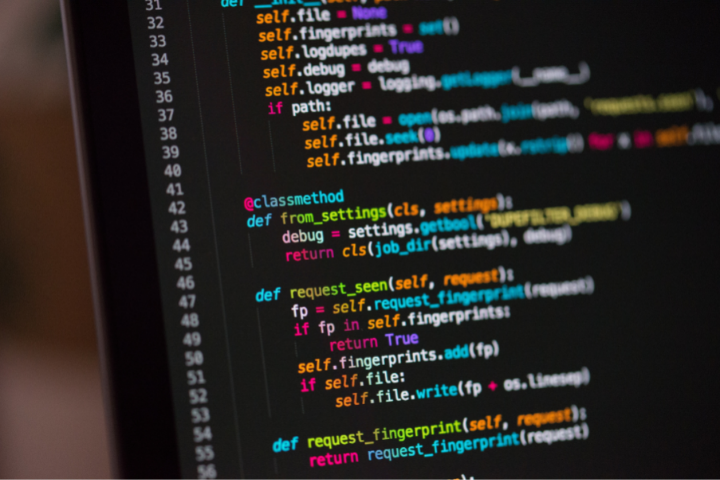
- Design and create digital solutions for emerging technologies
- Learn about cybersecurity and ethical hacking
- Use testing and debugging techniques to ensure software solutions work
Subject Code: V1TCS
Year Level: 11
Unit 1: Data Analysis and Programming
We look at how data can be used to create data visualisations, and how programming languages develop working software solutions. We apply methods and techniques for creating a working software solution using a range of processing features and data structures. We apply testing and debugging techniques to ensure the software solution works as intended.
Assessment
- A folio of exercises or software solutions and a written report
- A presentation (oral, multimedia, visual) to present findings or software solutions
Unit 2: Innovative Solutions and Network Security
We work collaboratively to develop an innovative solution to an identified need or opportunity. We investigate the use of digital devices and emerging technologies and their applications. The innovative solution may be a concept, prototype or product and you can choose to explore Artificial Intelligence, Internet of Things, Games Development, Virtual Reality, Blockchain or any other innovative digital solution.
We examine the capabilities and vulnerabilities of a network, design a network solution, discuss the threats to data and information, and propose strategies to protect the security of data and information.
Assessment
- A presentation (oral, multimedia, visual) of an innovative solution
- A written or annotated visual report
- A case study or the design of a wireless network or a working model
What sort of student would like Applied Computing?
Someone who:
- Would like to design and create digital solutions to emerging technologies
- Would like to pursue a career in programming & cybersecurity
- Is interested in learning about components of digital systems
- Would like to learn about the role of ethical hacking
- Enjoys analysing data and learning about the impact of current and emerging technologies.
Pre-requisites
Digital: 3D Animation & Game Design; Digital: Cybersecurity, Data & Programming; Systems Engineering: Remote Controlled Vehicle; Systems Engineering: Robotics
Other considerations
Applied Computing is a pathway into Units 3 & 4 Software Development which further develops your understanding of programming, analysis & design and software security or cybersecurity. This program may be offered in 2026.
Food Studies 1-2
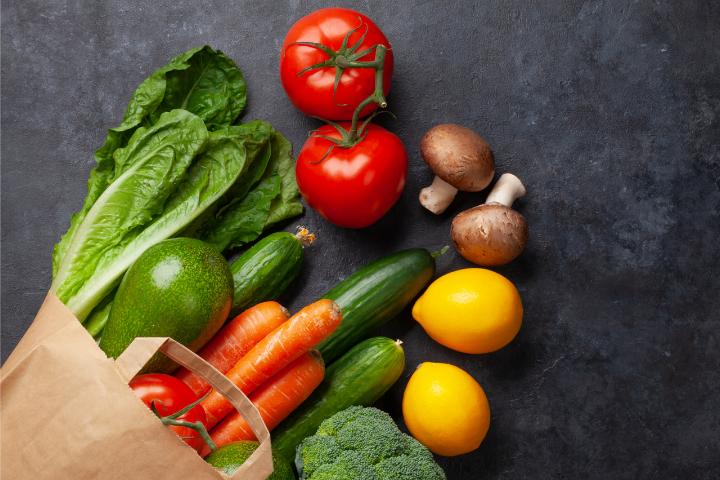
- Study the origins and roles of food across the globe
- Look at Australian indigenous food before European settlement
- Focus on sustainability and nutrition
Subject Code: V1TFS
Year Level: 11
Unit 1: Food origins
We analyse the major factors that develop a global food supply and demonstrate adaptations of selected food from earlier cuisines through practical activities. You use indigenous ingredients as well as those introduced through migration and critique contemporary use of these ingredients through practical activities. Food production, processing, manufacturing industries and immigration are studied.
Assessment
- A range of practical activities with records on two - practical log books
- One additional task choosing from an oral presentation or practical demonstration (face to face, video, podcast) or a short written report (research inquiry or historical timeline)
- End of semester exam
Unit 2: Food makers
We investigate food systems in contemporary Australians. We use design briefs to design and create food products that have been adapted from a small-scale kitchen to a commercial context. Food Industries in Australia, producing high quality, safe food meeting the needs of consumers is also analysed. You use a range of ways to evacuate foods. You design new food products and adapt recipes according to particular needs.
Assessment
- Design and produce two practical food solutions for a need in the food industry/school community and a domestic or small-scale settling
- End of semester exam
What sort of student would like Food Studies?
Someone who:
- Is interested in foods
- Would like analysing what happens during cooking and using a variety of preparation methods
- Is curious about sustainable and ethical food issues, healthy eating, meal creation and nutrition.
Pre-requisites
Food Technology subjects: Café Style, Breakfasts Lunches and Dinners, Foods from around the World, Cooking for Crowds, and/or participation in food preparation in the home/workplace are suggested, not essential.
Other considerations
This unit has a wide theoretical base and therefore makes up around 50% - 60% of total class time. The other 50-40% is practical based (testing and tasting foods and/or producing recipes).
Product Design and Technologies 1-2
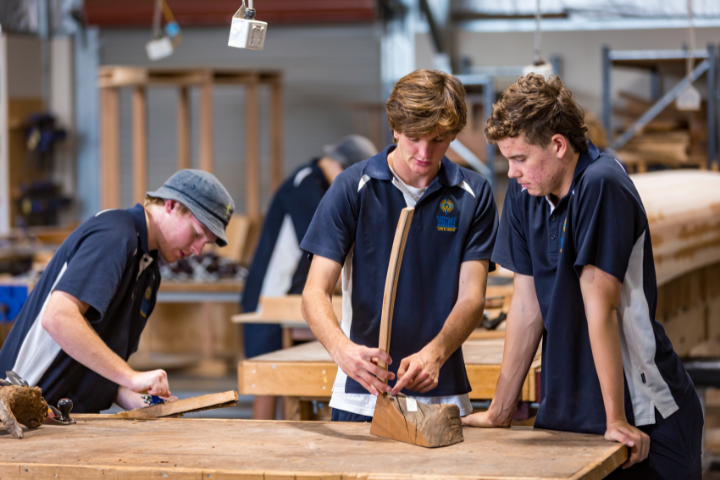
- Design and build challenging projects
- Focus on sustainability and collaboration in a practical context
- Express yourself creatively in practical situations
Subject Code: V1TPD
Year Level: 11
Unit 1: Design Practices
In this unit, we work collaboratively to analyse and evaluate existing products and designs. You will learn to understand the importance of a design brief, learn about factors that influence design, and design processes.
In your practical work, you will explore and test materials, tools and processes while practising safe skill development when creating an innovative product. This is achieved through the development of a design folio and the use of prototypes to explore design options.
Assessment
- A record of evidence of research, development and conceptualisation of products as well as a reflection on collaboration, teamwork and ways to improve in the future
- Practical work: a demonstration of graphical and physical product concepts including prototyping and making final proof of concept along with a finished product.
Unit 2: Positive impacts for end users
In this unit, we examine social and/or physical influences on design. We look at how designers research the diverse needs of end users to create innovative products. You will create a profile of an end user(s), research and explore the specific needs or opportunities of the end user(s) and make an inclusive product that has a positive impact on an individual and/or society.
We will explore cultural influences on design to develop an awareness of how Aboriginal and Torres Strait Islander peoples design and produce products. We will look at how sustainable design practices care for Country, and how traditions and culture are acknowledged in contemporary designs.
Assessment
- A folio with evidence of research, development of a product addressing a need or opportunity related to positive impacts for the end user(s)
- Practical work: demonstration of graphical and physical product concepts including prototyping and making final proof of concept along with the finished product addressing a need or opportunity related to positive impacts for the end user(s)
- Case study analysis or research inquiry of a designer and end user(s) that explores the influence of culture in product design.
What sort of student would like Product Design and Technology?
Someone who:
- Is interested in designing and making products
- Likes working with wood and metals
- Would like to follow a building, engineering or designing career
- Would like to pursue tertiary qualifications in building, engineering or designing careers.
Pre-requisites
Any Pathways subjects in Materials Technology in Timber or Metal.
Product Design and Technologies Textiles 1-2
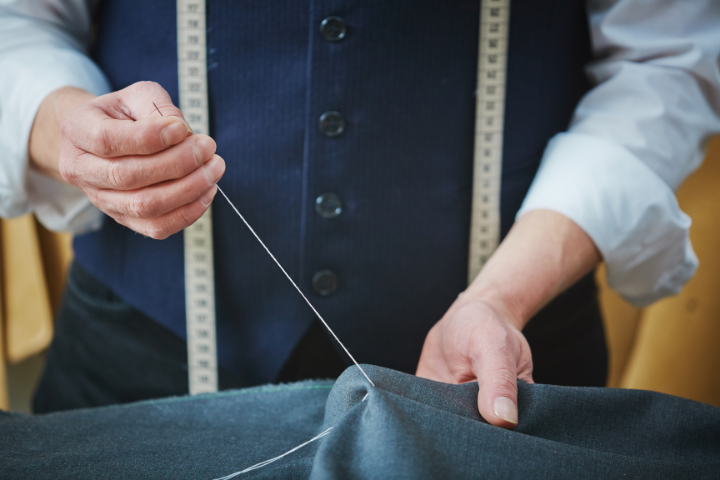
- Redesign an article of clothing
- Collaborate with class members
- Develop a fashion folio
Subject Code: V1TTX
Year Level: 11
Unit 1: Design Practices
Apply design thinking and strategies to research, critique and communicate a need to work collaboratively to address a design brief. You will test and trial materials and tools to determine ways to produce a product.
What does this mean for me?
You choose a product such as a garment for a specific purpose using the "double diamond design approach".
Assessment
Develop a folio showing evidence of the design process, selection and safe use of tools and machines and the risk assessment associated with the tools and machines.
Unit 2: Positive impacts for end users
We examine social and/or physical influences on design, specifically looking at inclusive design solutions, and producing an inclusive product that has a positive impact on belonging, access, viability or equity. You also explore cultural influences on design e.g. aboriginal designs and productions.
What does this mean for me?
Each student produces one of the products based on positive impacts for the end user.
Assessment
Research, development, practical works.
What sort of student would like Textiles?
Someone who is interested in design, fashion and textiles.
Pre-requisites
Nil. However, any Pathways Fibre Technology subject will be beneficial.
Other considerations
Purchase of materials as required.
Systems Engineering 1-2
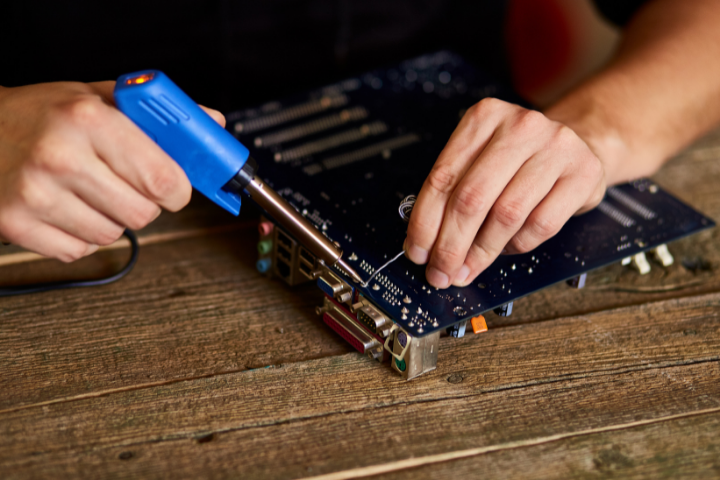
- Focus on mechanical engineering fundamentals
- Understand what makes simple and more complex devices operate
- Design and create your own electro/mechanical project
Subject Code: V1TSE
Year Level: 11
Unit 1: Mechanical engineering fundamentals
You will focus on mechanical engineering fundamentals as the basis of understanding the underlying principles and the building blocks that operate in the simplest to more complex mechanical devices.
What does this mean for me?
We study fundamental mechanical engineering principles, the motions performed, the elementary applied physics, and the mathematical calculations that can be applied in order to define and explain the physical characteristics. You apply knowledge and construct functional systems. ‘
Through applied research, you explore how these systems use or convert the energy supplied to them, and to related wider environmental and social issues.
Assessment
- Written tests
- Practical and research tasks
- End of semester exam
Unit 2: Electro technology engineering fundamentals
We focus on building understanding of the fundamental principles of electrical and electronic circuits, which are collectively and commonly referred to as electro technology.
What does this mean for me?
You study fundamental electro technology engineering principles, apply knowledge and skills to research, produce technical reports and construct an electro technology system.
Assessment
- Written tests
- Practical and research tasks
- End of semester exam
What sort of student would like Systems Engineering?
Someone who:
- Is looking for a sound basis for entry into a broad range of tertiary technology courses such as; engineering and applied sciences, skilled trades and vocational training, in the electro technology and automotive sectors
- Interested in gaining employment in technological enterprises.
Pre-requisites
Physics or electronics based subjects such as Our Chemical & Physical World would be beneficial. Pathways subjects - Remote Controlled Vehicle, 3D Design and Construction, Robotics.
Other considerations
A subject that complements Systems Engineering is Physics.
